This Katana by Hanwei pays homage to Daimyo Date Masamune – The One-Eyed Dragon of Oshu. Its blade is forged from 65Mn high carbon steel which has been differentially-tempered to harden its edge, whilst leaving a softer body and spine for shock absorption. The harder edge as denoted by its hamon is 60 HRC, with the rest of the blade tempered to 40 HRC. The 65Mn steel used is noted for its hardness and resistance and its manganese content further refines these properties.
The habaki and seppa are brass and the blackened tsuba features the portrait of Date Masamune; a battle scene with matchlocks is embossed on its reverse. The fuchi and kashira fittings are blackened to match the tsuba and the fuchi features a falcon picked out in gold detailing whilst the kashira has a one-eyed dragon. The wooden tsuka grip is fitted with genuine rayskin and it is wrapped with brown suede leather tsuka ito; gold menuki are fitted beneath the braided leather grip wrap.
The saya scabbard is crafted to fit from wood and is overlaid in textured black lacquer. The koiguchi, kurigata and kojiri saya fittings are polished buffalo horn; a knotted brown sageo cord completes the scabbard. Included with the sword is a cloth sword bag.
One of the most iconic figures in Japanese history, Date Masamune is instantly recognizable by his black armor and the ostentatiously large gold crescent moon crest upon his kabuto helmet. As if these trappings did not make his appearance imposing enough, he had only a single eye which had been lost to smallpox at a young age.
It was not his formidable appearance alone which caused his to be known as the One Eyed Dragon of Oshu – He was regarded as a skilled and aggressive tactician whose ambitions won him the field on many occasions. In ruling his own province he was regarded as loyal, ethical, intelligent and forward-thinking. Though sometimes regarded as controversial in his time, he was universally respected nonetheless.
His ruthless attitude to war was demonstrated at his 1589 triumph over the Ashina and Satake Clans at Suriagahara. At a climactic point in the battle Masamune lead a bold charge into Ashina forces and shattered their morale. They made haste to flee the terrifying Date Masamune and his well-trained forces and were stopped at the Nitsubashi River – to their horror they discovered that Dates men had already destroyed the bridge behind them! Trapped in place the Ashina warriors had the grim choice of drowning with their armor in the river or being cut down to a man by Dates warriors and retainers. A grim conclusion to one of the Sengoku Periods decisive far northern battles.
A colorful anecdote from the 1615 siege of Osaka castle displays some of Date Masamunes controversial nature: Displeased by the lackluster pace of allied troops, Masamune ordered his men to fire several matchlock volleys into their general direction to spur them on! Though his unannounced decision reintroduced a spirited stride to his allies it earned him great displeasure with his allies.
Date Masamune was not simply a capable warlord – he was a clever leader who founded the city of Sendai and laid the foundations for it to become a prosperous land. Masamune was also quite interested in foreign European cultures and courted them well – likely to gain access to technology and new weaponry. European envoys and Christian missionaries were welcome in his lands and Masamune even ordered the construction of the Date Maru (also known as the San Juan Batista) – a Japanese-built European style galleon exploration ship built with western techniques. It would cross the Pacific and make a successful voyage to the Vatican to open relations with the Pope.
A still quoted popular adage in Japan comes from Masamune: Rectitude carried to excess hardens into stiffness; benevolence indulged beyond measure sinks into weakness.


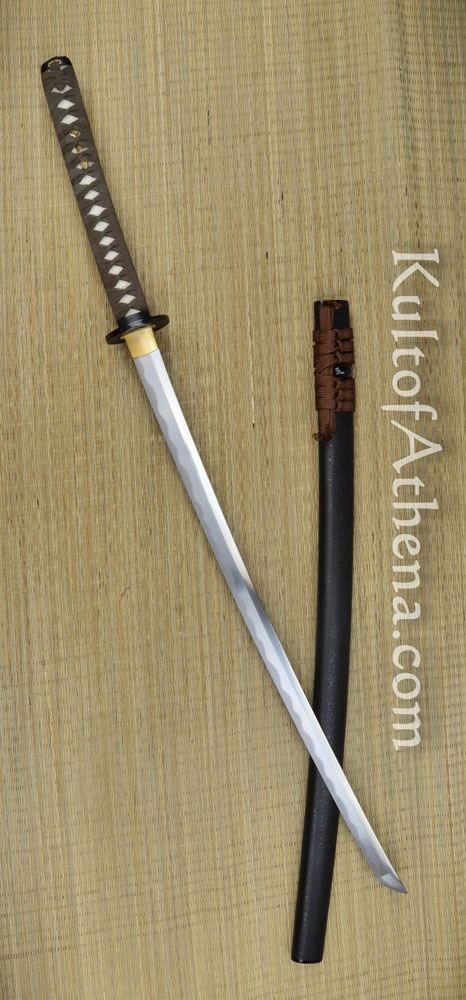
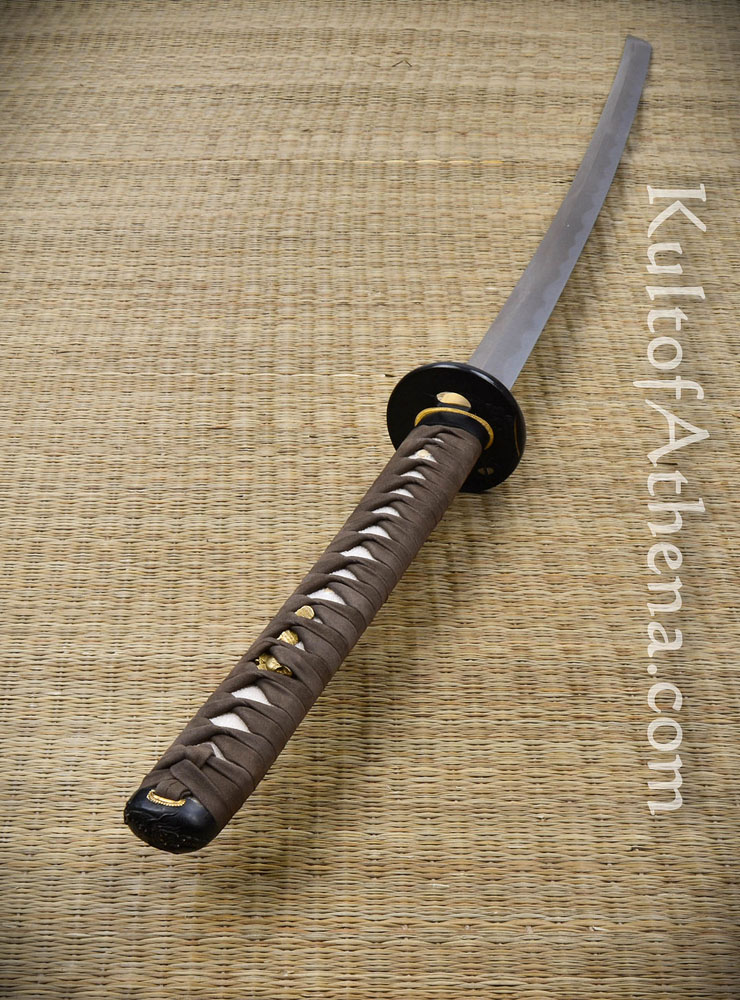


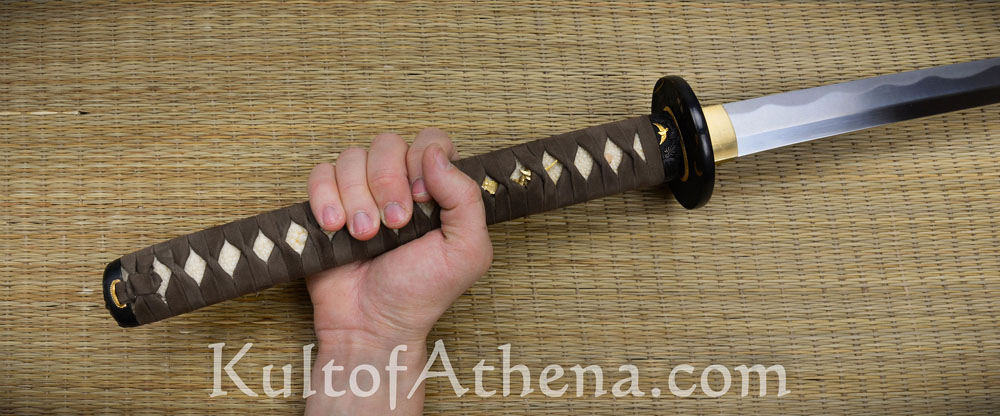


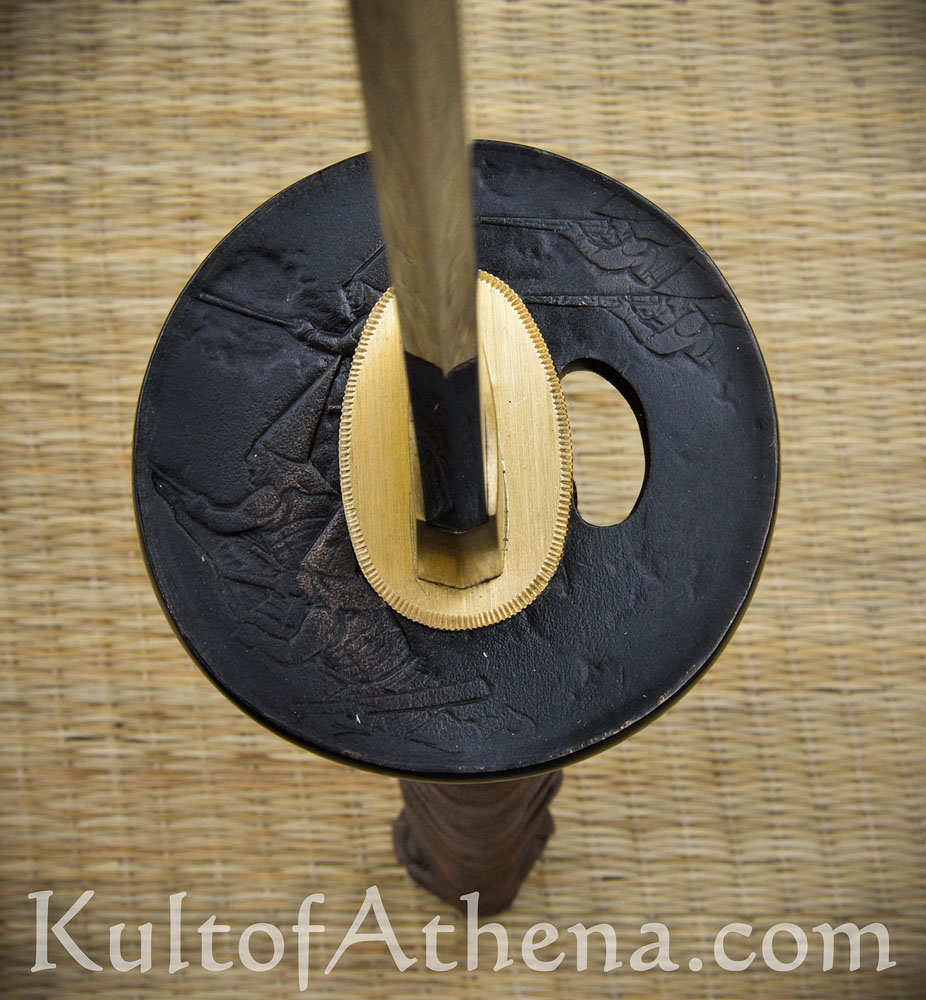

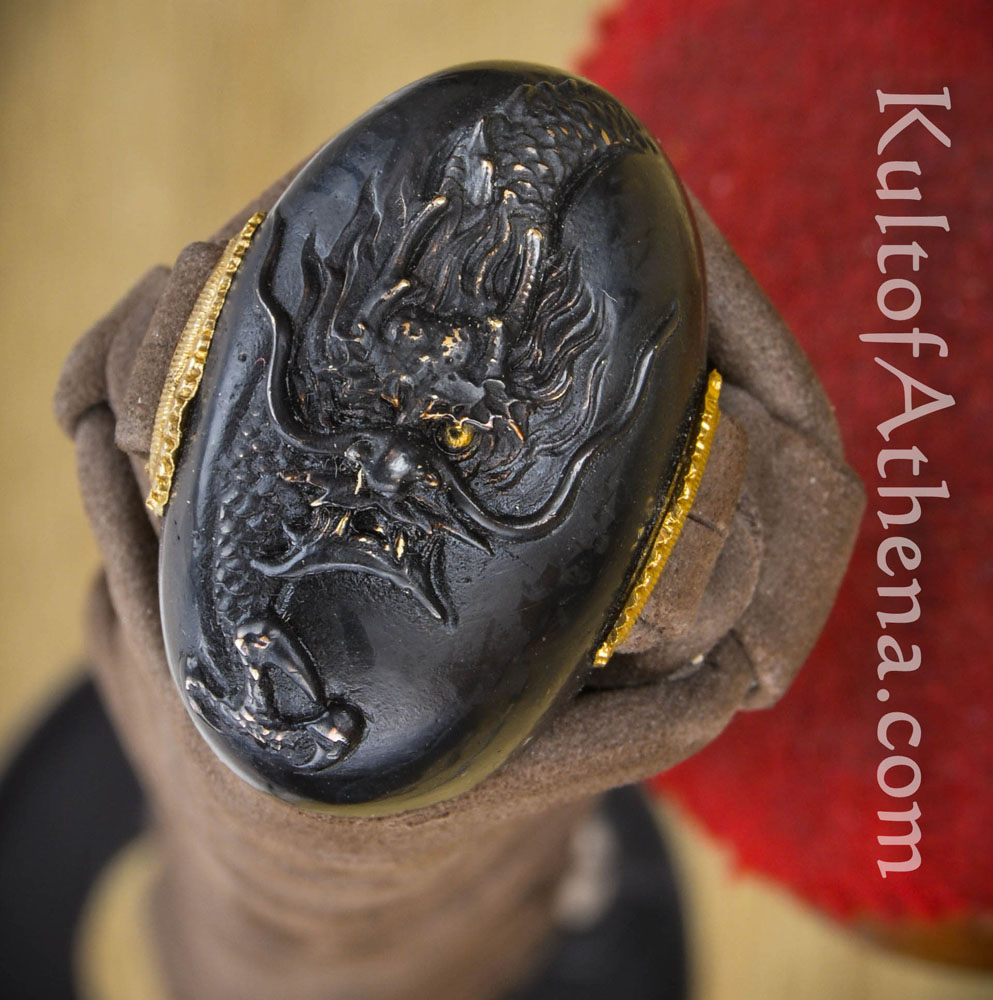
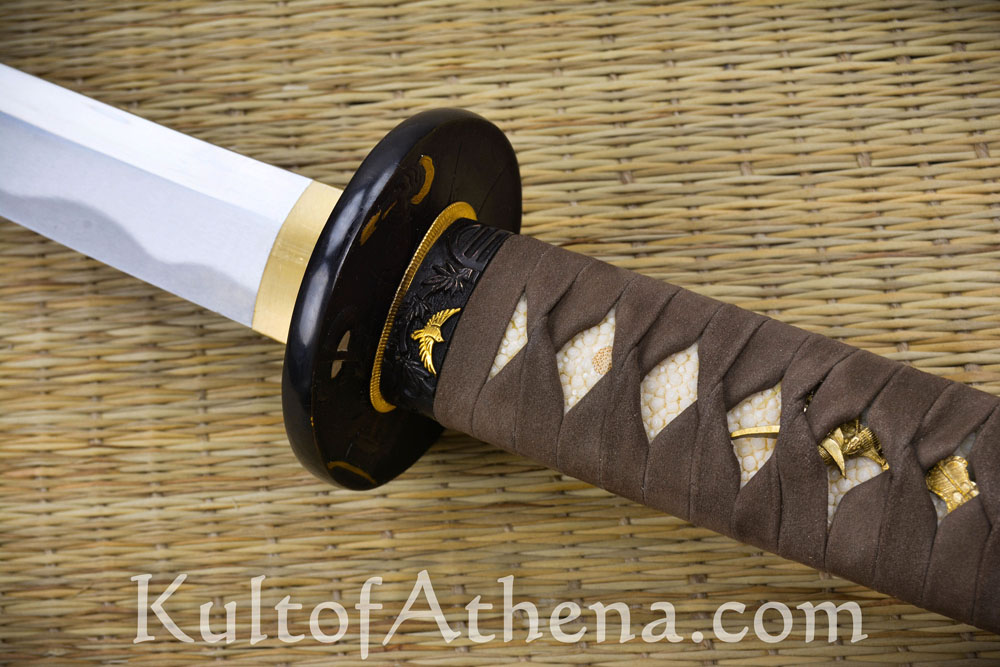

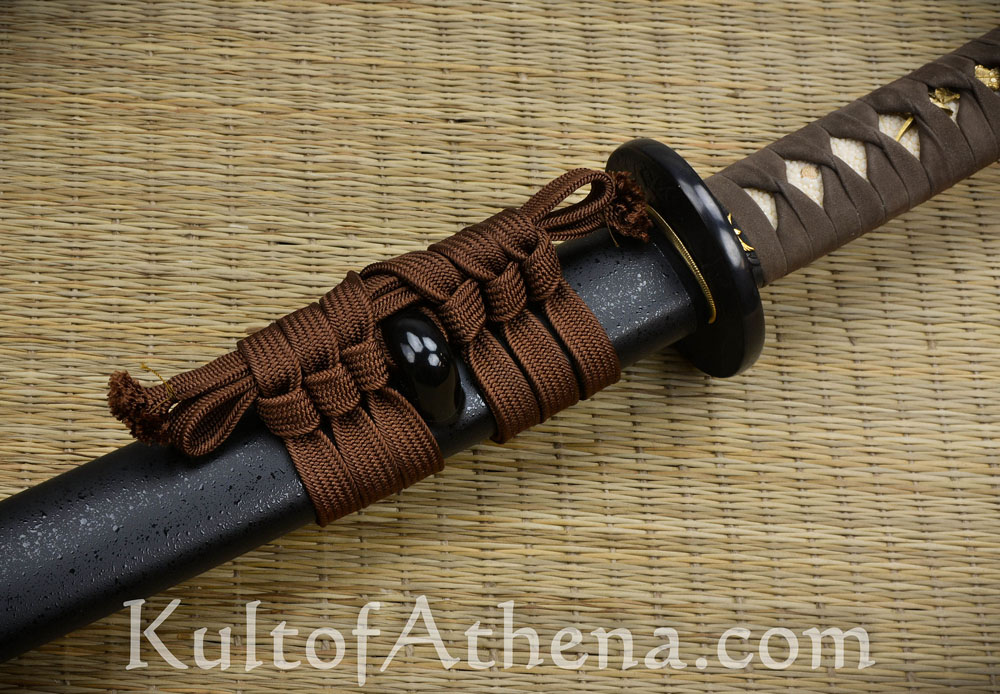
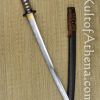

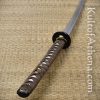
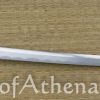
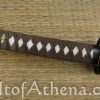
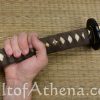
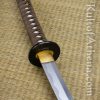
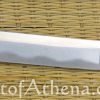

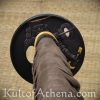
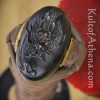
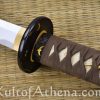
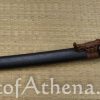
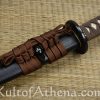
Reviews
There are no reviews yet.